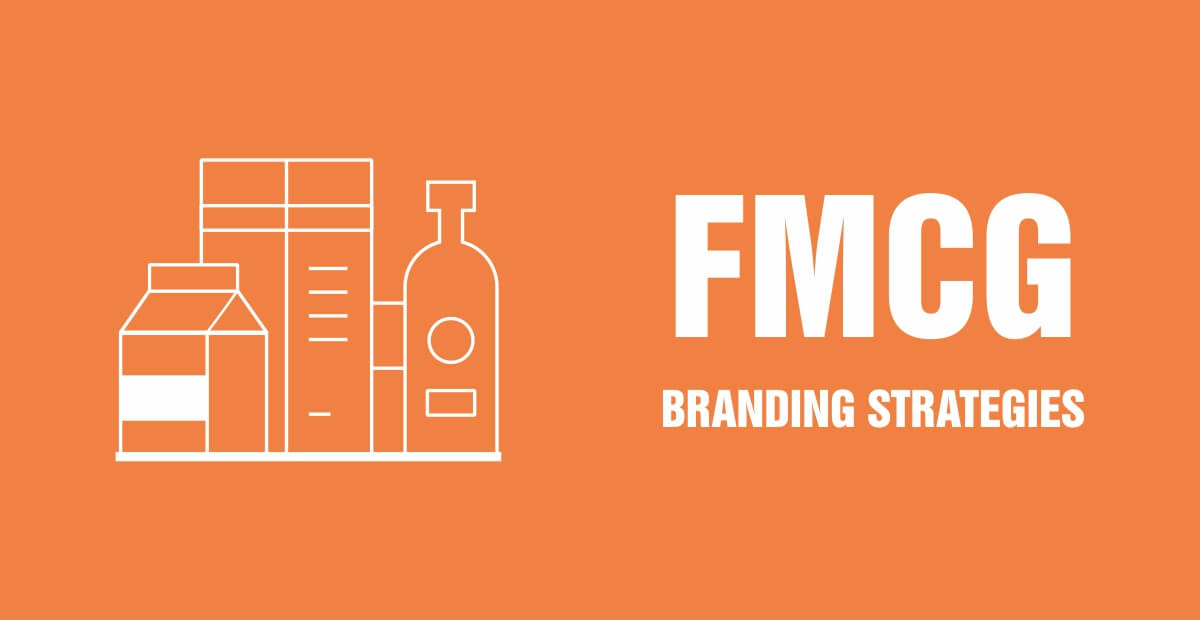-
02 Aug

How these FMCG companies adopted strategies to make their brands outstanding?
(i) Multi-brand Strategy
A company often nurtures a number of brands in the same category. There are various motives for doing this. The main rationale behind this strategy is to capture as much of the market share as possible by trying to cover as many segments as possible, as it is not possible for one brand to cater to the entire market.
Hindustan Lever have introduced many brands like “Dove” in premium segment, “Lifebuoy” for economy segment and “Lux”, “Liril” and “Rexona” in the intervening segment, meaning thereby, the company has not left any segment untouched.
(ii) Product Flanking
Product flanking refers to the introduction of different combinations of products at different prices, to cover as many market segments as possible. It is basically offering the same product in different sizes and price combinations to tap diverse market opportunities. Shampoos in small sachets, Pan masala in small pouches and premium detergents (Tide, Aeriel etc.) in small pouches are examples of this strategy.
(iii) Brand Extensions
Hindustan Lever’s Lifebuoy soap’s brand extensions are Lifebuoy Plus, Lifebuoy liquid and Lifebuoy Gold, since these brands have been positioned at different segments. Similarly, Amul butter, Amul ghee, Amul cheese and Amul chocolates are various brand extensions of regular Amul Brand. Companies make brand extensions in the hope that the extensions will be able to ride on the equity of the successful brands.
(iv) Building Product Lines
Hindustan Lever has added product lines one after another starting from Lifebuoy, Lux, Liril, Dove etc. Similarly, Britannia Industries have related biscuits as differed product lines. Companies add related new product lines to give consumers at the products they would like to buy.
(v) New Product Development
Proctor and Gamble is shown as the number one company in the world reputed for new products development. Companies that fail to develop new products would expose themselves to great risk and might face stagnation in future.
The existing products are vulnerable to changing consumer needs and tastes, new technologies, shortened product life cycles and increased domestic and foreign competition. A company can develop new products either through R&D in-house or by acquiring other company or both.
(vi) Product Life Cycle Strategy
An FMCG has short life cycle whereas an industrial product has long PLC. According to PLC, companies plan to develop new products after abandoning the old product which has experienced the decline stage of PLC curve. For example, existing models in products like automobiles, motor cycles, TV sets and watches etc. in India have experienced good demand whenever new option have been offered.
(vii) Taking advantages of wide distribution network
A very simple way of increasing an FMCG company’s market share is by developing a strong distributions network, preferably in terms of more locations. An extensive distribution system can be developed over time, or the company may acquire another company which has an extensive distribution network. Coca-Cola and PepsiCo’s wide distribution network systems have made them market leaders.
Build your FMCG brand right now with Ingenious Brandcare, a branding and communications agency. Study our projects for advertising and digital marketing. Ask us how we can help.
